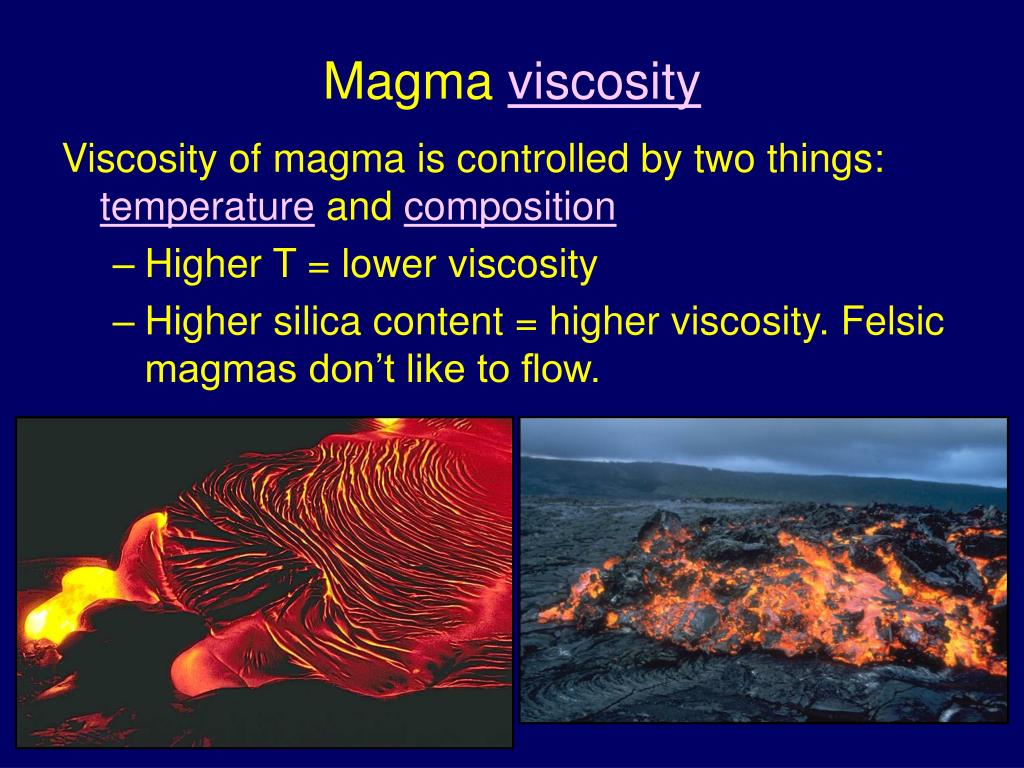


Petrologists routinely express the composition of a silicate magma in terms of the weight or molar mass fraction of the oxides of the major elements (other than oxygen) present in the magma. Silicate magmas are molten mixtures dominated by oxygen and silicon, the most abundant chemical elements in the Earth's crust, with smaller quantities of aluminium, calcium, magnesium, iron, sodium, and potassium, and minor amounts of many other elements. Rare nonsilicate magma can form by local melting of nonsilicate mineral deposits or by separation of a magma into separate immiscible silicate and nonsilicate liquid phases. As magma approaches the surface and the overburden pressure drops, dissolved gases bubble out of the liquid, so that magma near the surface consists of materials in solid, liquid, and gas phases. Magma consists of liquid rock that usually contains suspended solid crystals. While the study of magma has relied on observing magma after its transition into a lava flow, magma has been encountered in situ three times during geothermal drilling projects, twice in Iceland (see Use in energy production) and once in Hawaii. Following its ascent through the crust, magma may feed a volcano and be extruded as lava, or it may solidify underground to form an intrusion, such as a dike, a sill, a laccolith, a pluton, or a batholith.

During magma's storage in the crust, its composition may be modified by fractional crystallization, contamination with crustal melts, magma mixing, and degassing. Mantle and crustal melts migrate upwards through the crust where they are thought to be stored in magma chambers or trans-crustal crystal-rich mush zones. Magma is produced by melting of the mantle or the crust in various tectonic settings, which on Earth include subduction zones, continental rift zones, mid-ocean ridges and hotspots. Besides molten rock, magma may also contain suspended crystals and gas bubbles. Magma is found beneath the surface of the Earth, and evidence of magmatism has also been discovered on other terrestrial planets and some natural satellites. Magma (from Ancient Greek μάγμα ( mágma) 'thick unguent') is the molten or semi-molten natural material from which all igneous rocks are formed. Lava is the extrusive equivalent of magma.


 0 kommentar(er)
0 kommentar(er)
